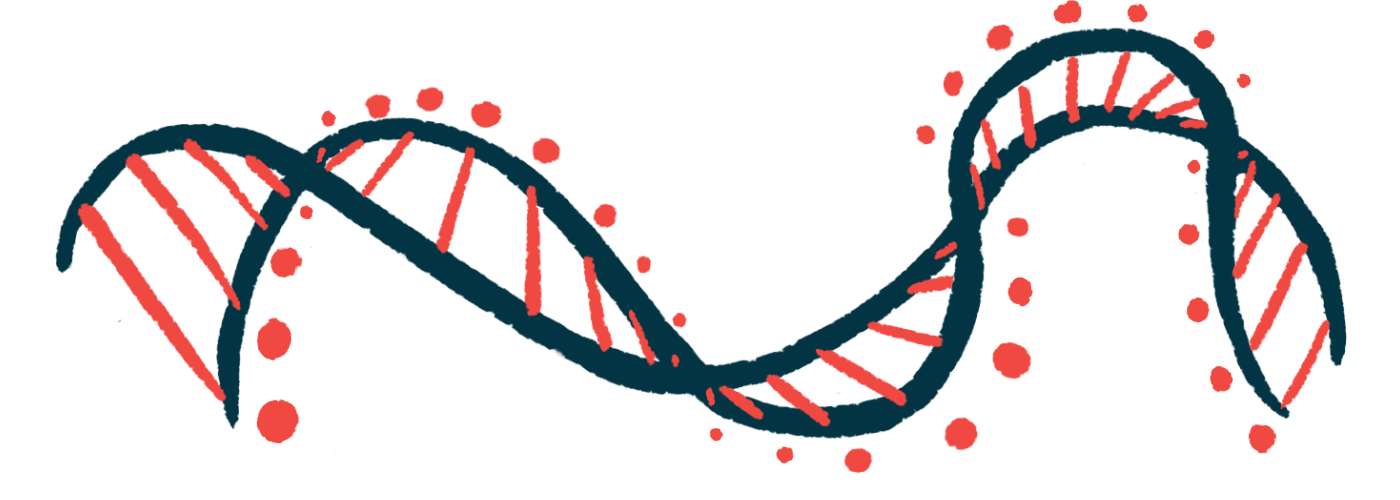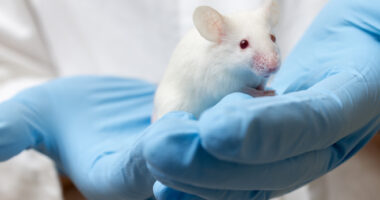‘Molecular traps’ may help fend off nerve damage from gene mutations
Traps bind to the toxic small proteins that arise from mutated C9ORF72

Scientists have created new “molecular traps” that were able to improve survival in cell and fruit fly models of amyotrophic lateral sclerosis (ALS) associated with mutations in the gene C9ORF72.
The traps bind to the toxic small proteins that arise from the mutated C9ORF72 gene and have a harmful effect on protein production and cell survival. The traps may offer a new approach to protect neurons from such damaging proteins, said researchers in “CLIP-Seq analysis enables the design of protective ribosomal RNA bait oligonucleotides against C9ORF72 ALS/FTD poly-GR pathophysiology,” which was published in Science Advances.
Mutations in the gene C9ORF72 are the most common known genetic cause of ALS. Disease-causing mutations in this gene lead to abnormal proteins called dipeptide repeat proteins, or DPRs, being produced, which are toxic to nerve cells.
DPRs can stick to other proteins in cells and it’s long been thought this is mainly what makes them toxic. But they also can stick to ribonucleic acid (RNA), scientists discovered here.
RNA is an intermediary molecule made when genes are “read” to create proteins. The genetic code is copied from a cell’s DNA into RNA, which is used as a template to make protein by ribosomes, the cell’s protein-making machines. Ribosomes also contain specialized RNA molecules that help them “read” RNA to create proteins.
Making a better ‘molecular trap’
Through molecular testing, the researchers demonstrated that a specific DPR known as poly-glycine-arginine (poly-GR) can bind to the RNA inside ribosomes. The scientists figured out where the poly-GR protein and the ribosomal RNA molecules were interacting and showed that these interactions could interfere with ribosomes’ job of making new proteins.
“We found that poly-GR directly binds to multiple [ribosomal] RNA species in cells and impedes ribosomal [normal functioning],” the scientists wrote.
This “interaction between Poly-GR and the [ribosomal] RNA is stronger than the interaction between the Poly-GR with other ribosomal proteins that had been previously described in other studies, and it tells us why these dipeptides have a high affinity for binding to ribosomes in cells,” Juan Alberto Ortega Cano, PhD, a co-author of the study at the University of Barcelona in Spain, said in a press release.
Based on these findings, the scientists created “molecular traps,” the basic idea being to make an RNA molecule with a similar structure to the ribosomal RNA that could act as “bait” to draw away the toxic poly-GR.
In a lab model of human nerve cells carrying ALS-causing C9ORF72 mutations, treatment with the molecular traps led to significant improvements in cellular survival.
“It reduces the defects in ribosome biosynthesis in protein translation and toxicity in cells expressing Poly-GR, as well as death in motor neurons of ALS patients with mutations in the C9orf72 gene,” Cano said.
The molecular traps also improved survival outcomes in a fruit fly model of ALS caused by this mutation.
“Although more work is required to understand how the binding of [these molecular traps] to poly-GR alleviates its pathophysiology, the promising results we present here support the notion that using bait RNAs is useful not only to study RNA-protein interactions, but also to protect neurons from the detrimental effects of mutant or aberrant proteins,” the scientists said.







